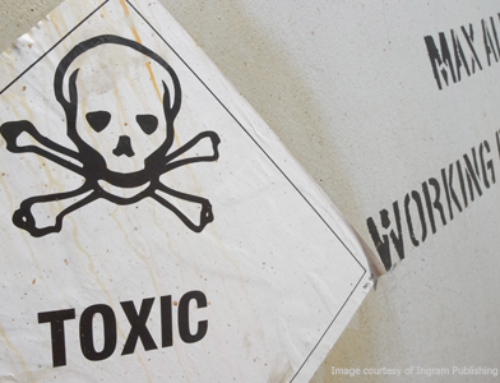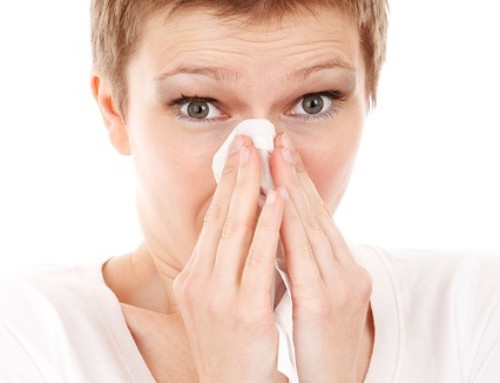Why We All Need to Get Physical
While difficult in the moment, exercise helps you feel better pretty much right away. And though it may be tricky to coax yourself out of bed and into your workout clothes, pushing through that wall can reduce your risk of disease—including cancers—significantly.
Breast Cancer
A study of 2,296 women with stages I, II, and III breast cancer was performed by researchers at the Brigham and Women’s Hospital and Harvard Medical School, both in Boston. They found that the risk of death from breast cancer fell 19 percent for those who walked or did similar exercises for one to three hours per week and by 54 percent for those working out three to five hours per week. 1
Prostate Cancer
The hormonal and immune impacting voltage created by exercise puts all the indicators in place to support men’s efforts to thwart prostate cancer. One recent study suggested that regular, vigorous activity could slow the progression of prostate cancer in men 65 or older. 2
Lung Cancer
Physical activity, even just the fun stuff like yoga or planting a garden, is inversely related to mortality from respiratory diseases, including lung cancer. Many studies point to the fact that the benefits work for everyone whether or not they smoked, were a former smoker, or never touched the stuff. More good news is that exercise improves survival rates for those diagnosed with lung cancer! 3, 4, 5, 6
Work Out Smarter, not Harder
Shorter, more intense intervals make the most difference in helping your body’s physiology improve. So while you have to push it and get your heart rate up, it’s only for brief periods of time. This kind of daily workout seen in surge training and interval training can be done in as little as 12 minutes.
MaxT3 makes it easy to apply these principles. Be sure to ask your Maximized Living doctor about upcoming group workout sessions.
Sources
Holmes, Michelle D. and Wendy Y. Chen, Diane Feskanich and Graham A. Colditz, “Physical activity and survival after breast cancer diagnosis,” (paper presented at the Annual Meeting of the American Association for Cancer Research in Orlando, Mar 29, 2004).
“Physical Activity and Cancer,” National Cancer Institute, last reviewed July 22, 2009, http://www.cancer.gov/cancertopics/factsheet/prevention/ physicalactivity.
Kubik A and P. Zatloukal, L. Toma/sek, J. Dolezal, L. Syllabova, J. Kara, P. Kopecky, I. Plesko, “A Case-control Study of Lifestyle and Lung Cancer Associations by Histological Types,” Neoplasma. 2008, 55(3):192-99, PubMed, PMID: 18348651.
Blanchard, Christopher M. and Kerry S. Courneya, Kevin Stein, “Cancer Survivors’ Adherence to Lifestyle Behavior Recommendations and Associations with Healthrelated Quality of Life: Results from the American Cancer Society’s SCS-II,” Journal of Clinical Oncology, May 1, 2008, 26(13):2198-204, doi: 10.1200/ JCO.2007.14.6217
Pauk, Norbert and Antonin Kubik, Petr Zatloukal, PhD; Ladislav Tomasek, PhD; Libor Havel, MD and Jiri Dolezal, “Importance of Smoking, Diet, and Physical Exercise for the Risk of Lung Cancer in Women,” Chest, October 2010, 138:252A, doi: 10.1378/chest.9365.
Forman, Michele and Carol Etzel, Somdat Mahabir, Qiong Dong, Stephanie Barrera and Margaret Spitz, “Diet and Physical Activity In Lung Cancer Risk Prediction For Current, Former, and Never Smokers,” 2007, AACR Meeting Abstracts Online, http://www.aacrmeetingabstracts.org/cgi/content/meeting_abstract/2007/6_Cancer_Prevention_Meeting/B143.










Connect With Us